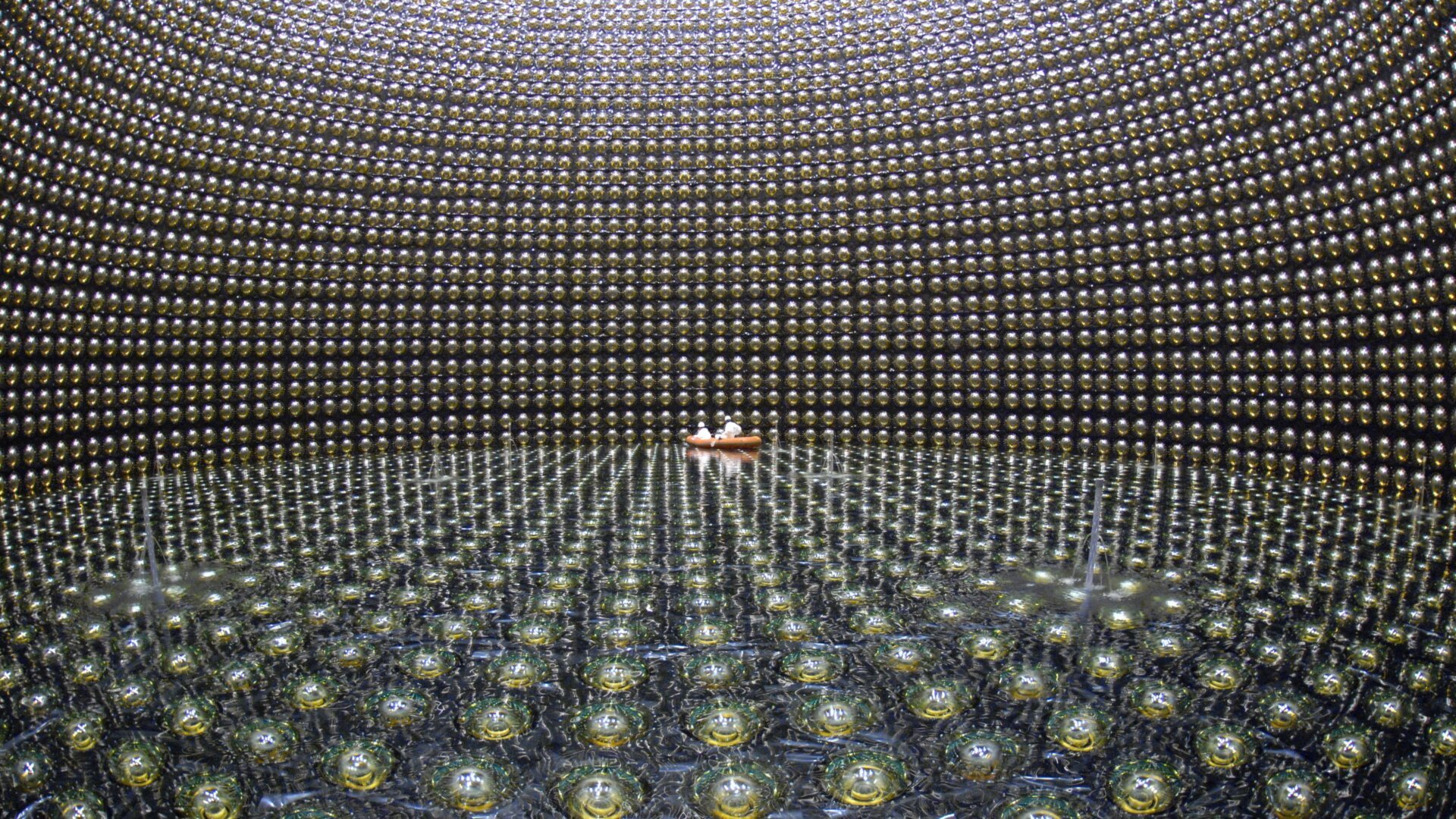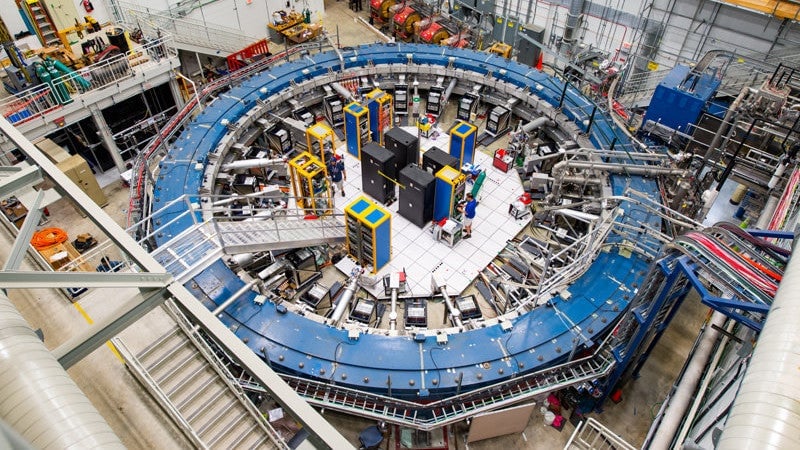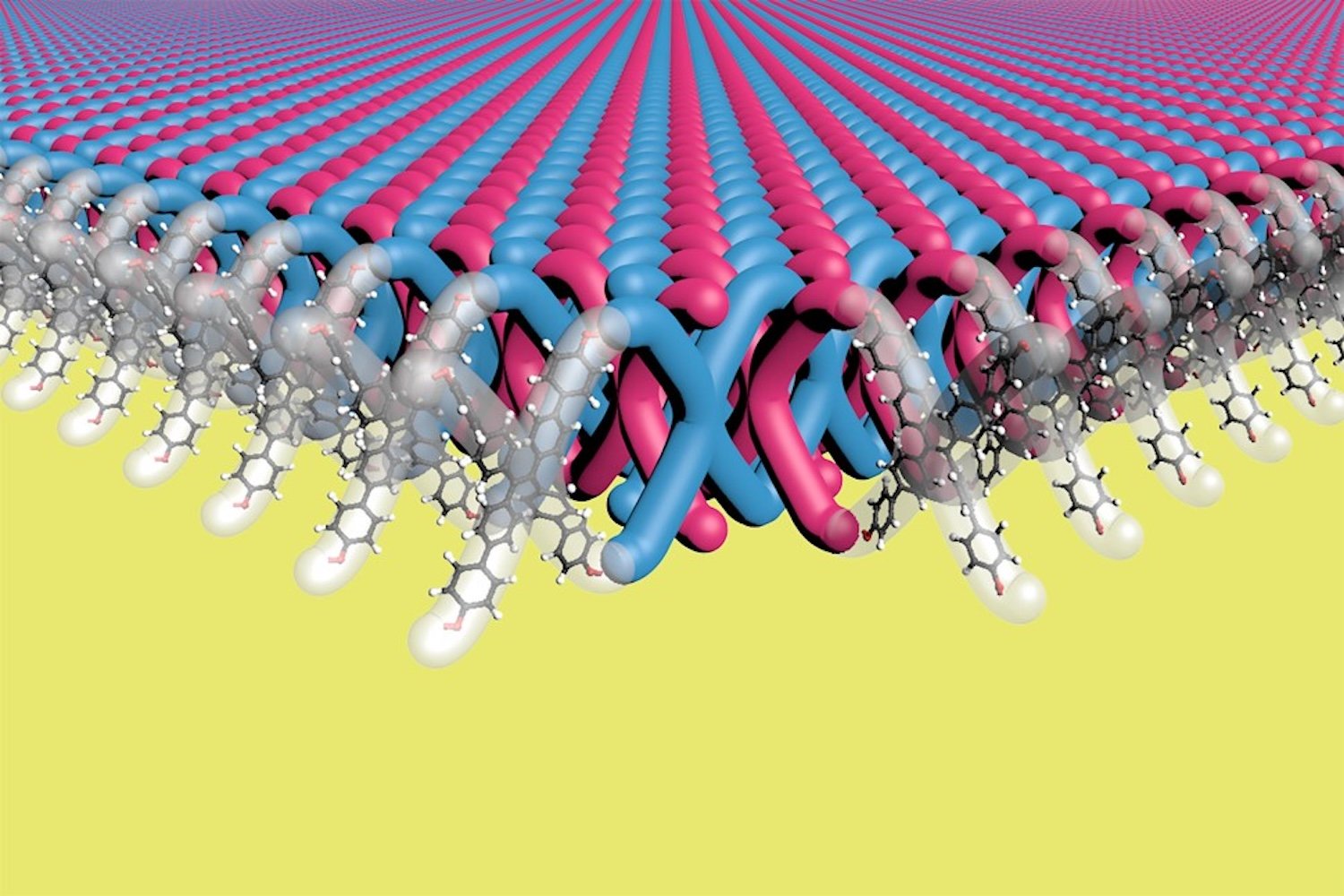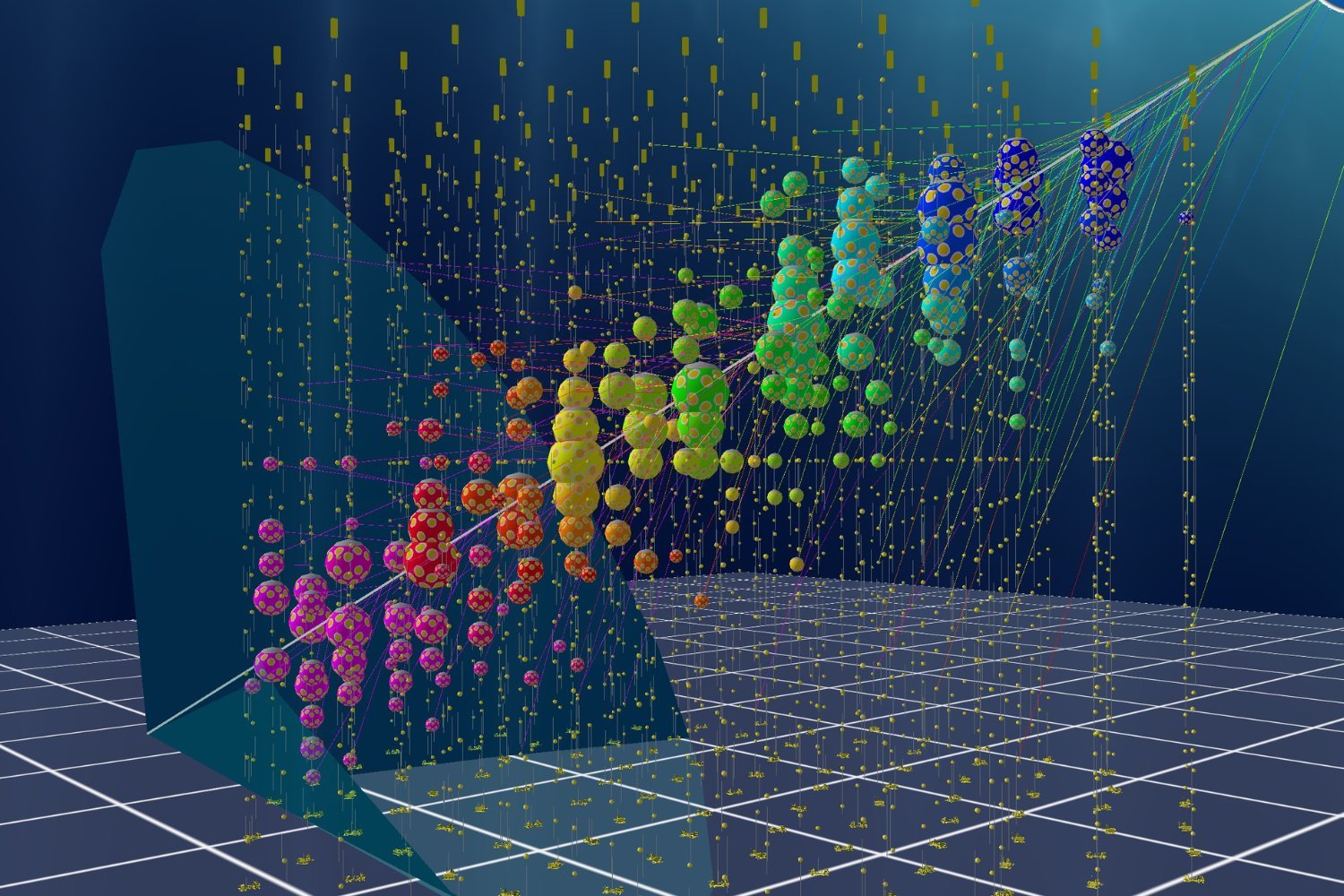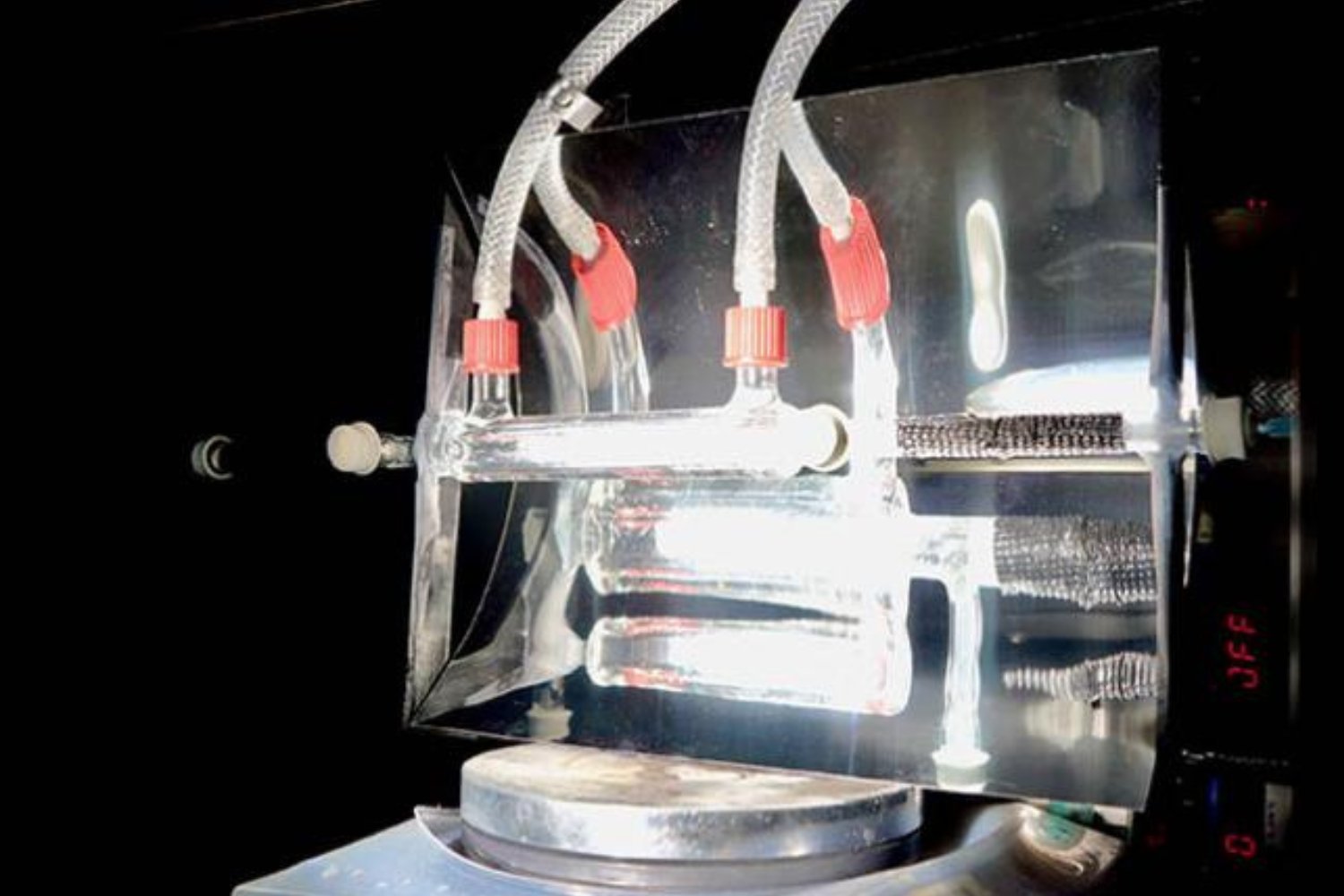Researchers at CERN’s Large Hadron Collider (LHC) have detected a rare particle, tentatively named the X particle, believed to have existed in the nascent moments of the universe. This discovery, achieved by colliding heavy ions at extreme temperatures within the LHC, offers a unique window into the conditions immediately following the Big Bang.
The CMS (Compact Muon Solenoid) Collaboration, responsible for collecting data from the LHC’s CMS detector, orchestrated collisions of lead atoms at temperatures reaching a staggering 5.5 trillion degrees Celsius. This extreme environment recreates the quark-gluon plasma, a primordial soup of subatomic particles theorized to have permeated the universe microseconds after the Big Bang. Their findings are detailed in a study published in Physical Review Letters.
Recreating the Primordial Soup
According to prevailing theories, the early universe was a dense, hot plasma of quarks and gluons. As this plasma cooled, protons and neutrons formed, laying the foundation for the matter we observe today. During this cooling phase, collisions between quarks and gluons led to the formation of more complex particles, including the elusive X particles. These particles are exceptionally rare in the present-day universe due to its significantly lower temperature and density. However, as particle physicist Krishna Rajagopal at MIT eloquently stated in 2010, recreating these conditions through particle accelerators offers unparalleled insight into the early universe.
Unmasking the X(3872)
The CMS Collaboration specifically identified approximately 100 X particles of a particular mass, designated X(3872). These particles existed for an incredibly brief period—roughly one-sextillionth of a second—before decaying. The X(3872) particle was initially discovered in 2003 by the Belle Collaboration using a technique known as “bump hunting,” which involves identifying unexpected surges in mass or energy during particle collisions.
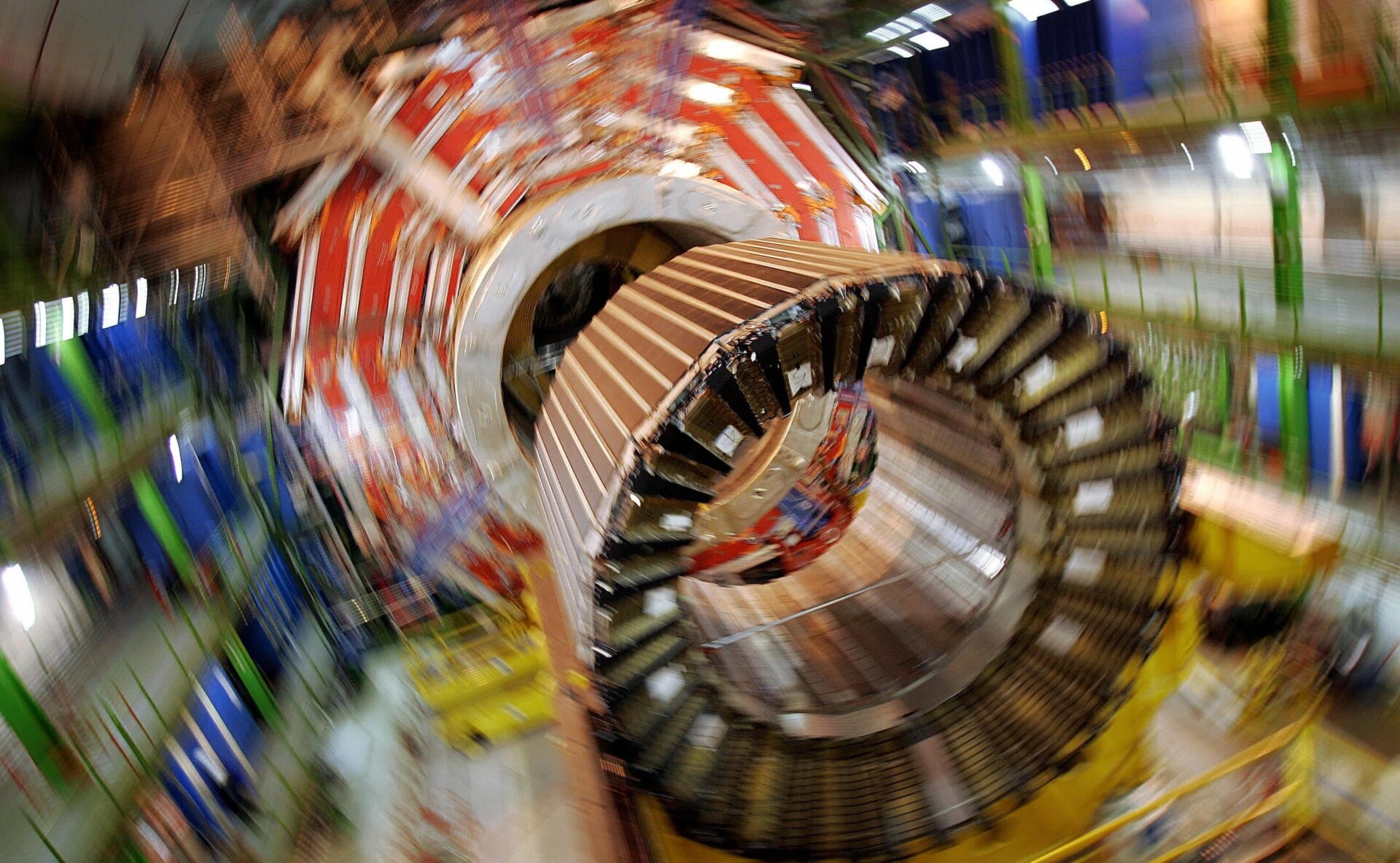 The magnet core of the Large Hadron Collider’s Compact Muon Solenoid magnet in March 2007.The powerful magnet core of the LHC’s Compact Muon Solenoid detector, instrumental in the detection of the X particle.
The magnet core of the Large Hadron Collider’s Compact Muon Solenoid magnet in March 2007.The powerful magnet core of the LHC’s Compact Muon Solenoid detector, instrumental in the detection of the X particle.
This recent detection at the LHC marks the first observation of an X particle within a quark-gluon plasma generated by a particle accelerator. The researchers achieved this by accelerating 13 billion ions, mimicking the conditions of the early universe. While other exotic particles have been observed at the LHC, the detection of X(3872) within the quark-gluon plasma is a significant achievement.
The Mystery of X(3872)’s Identity
The precise nature of X(3872) remains a puzzle. Current theories suggest it could be a loosely bound mesonic molecule (two mesons bound by the strong force) or a tetraquark (a hadron composed of four quarks). This discovery has profound implications for our understanding of the early universe. If X(3872) is indeed a mesonic molecule, it suggests the presence of diverse types of mesonic molecules alongside ordinary hadrons in the primordial universe.
Further investigation into X(3872) might also reveal the existence of other X particles within the collected data. The upcoming LHC runs, with their increased data collection capabilities, promise to shed more light on X particle production and internal structure.
Beyond Binary Classifications
One intriguing possibility is that X(3872) exists in a superposition of states, simultaneously exhibiting characteristics of both a molecule and a charmonium state. This concept, rooted in quantum mechanics, challenges our conventional understanding of particle identity, suggesting that X(3872) might not be definitively categorized as one or the other.
Looking Ahead
Future experiments at the LHC aim to unravel the true identity of X(3872) and explore the possibility of other X particles hidden within the data. These findings hold immense potential for advancing our understanding of the universe’s earliest moments and the fundamental building blocks of matter. This research represents a crucial step towards understanding the universe’s infancy, paving the way for further explorations into the fundamental nature of matter and the forces that shaped our cosmos.




